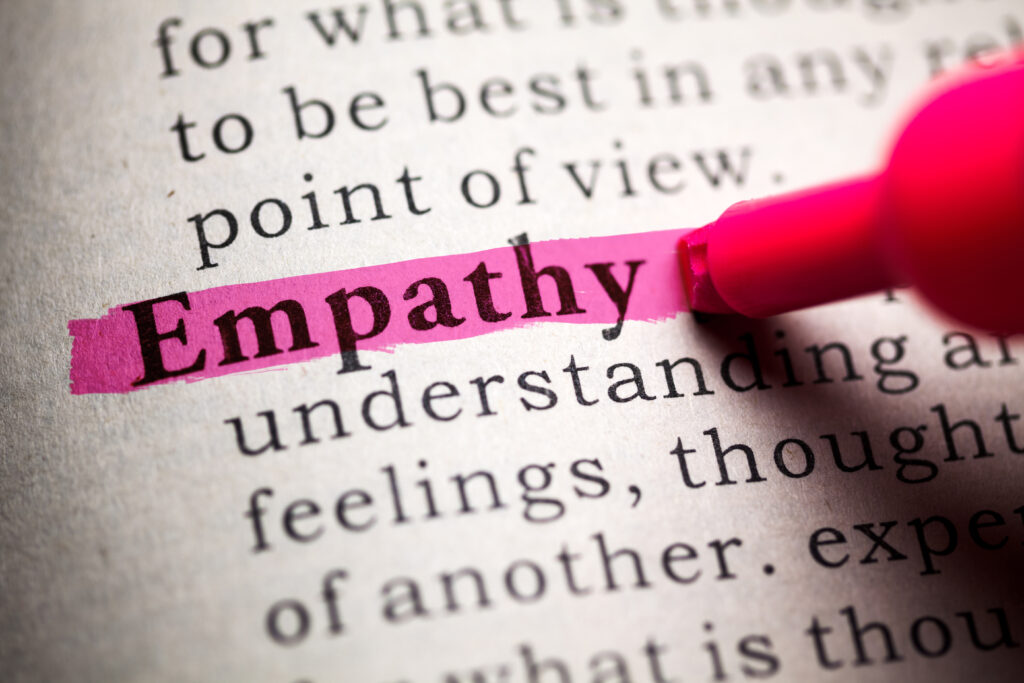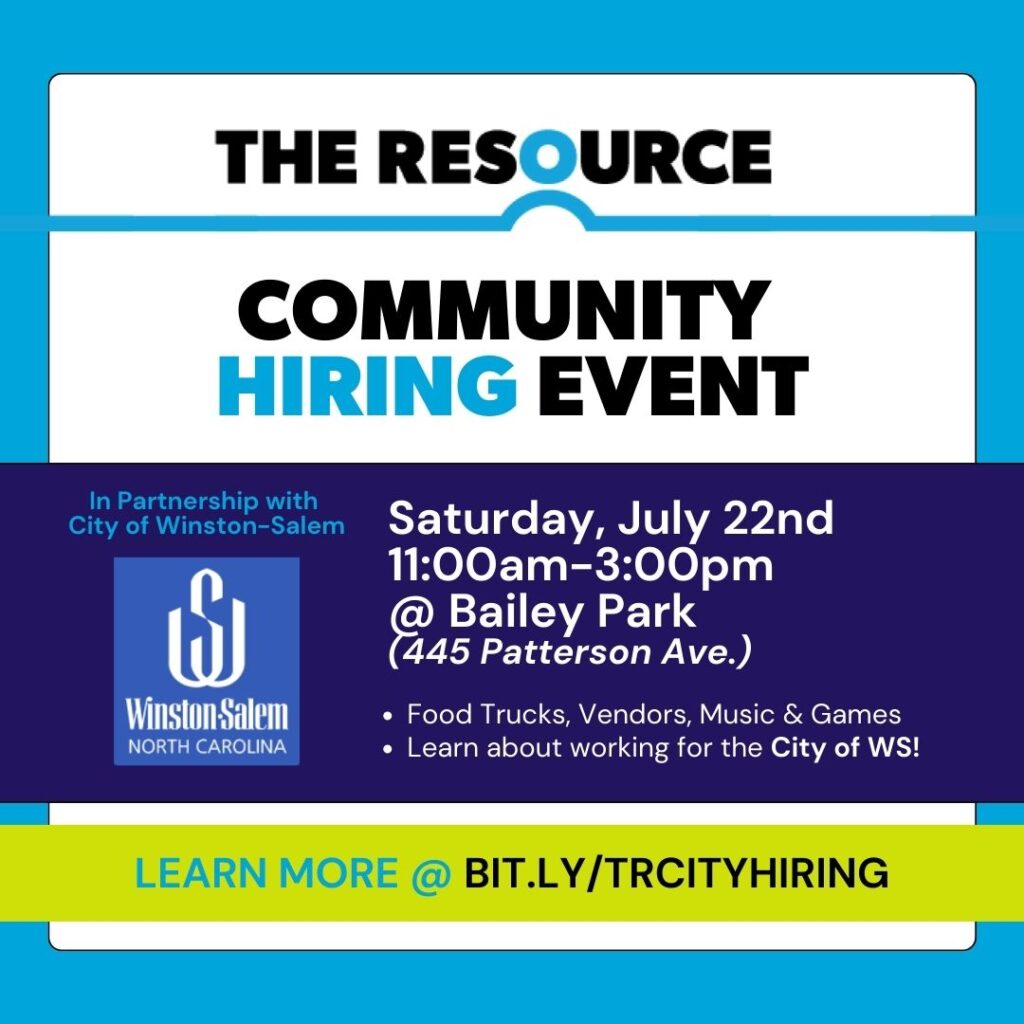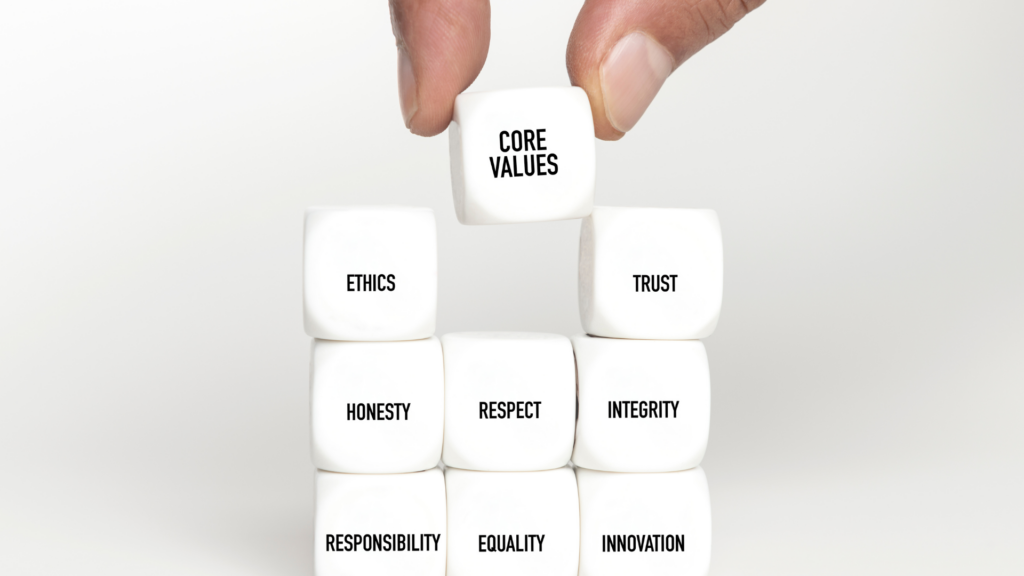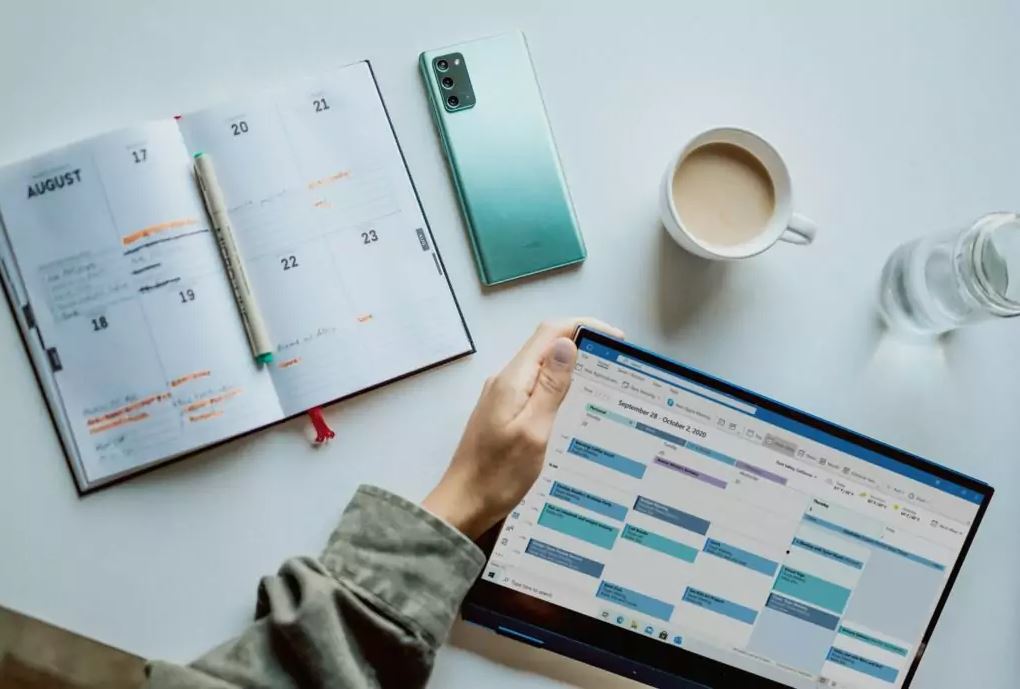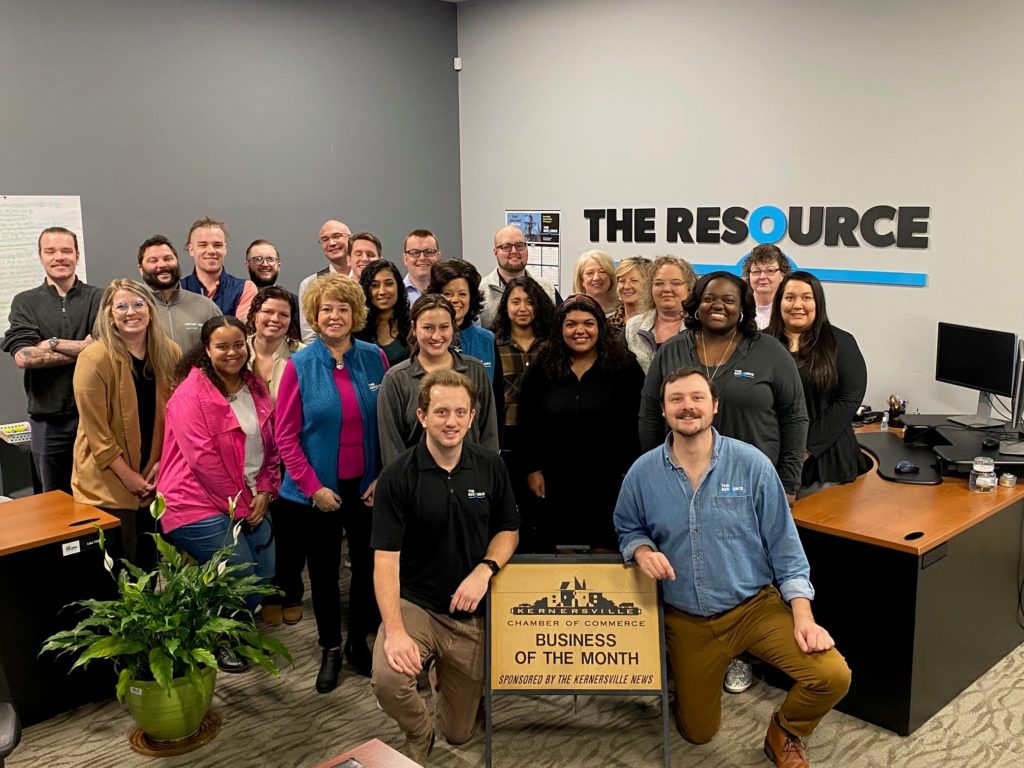Although business leaders and human resources managers are increasingly working to improve diversity, equity, inclusion, and belonging (DEI&B) in the workplace, they often overlook one important aspect of DEI&B: accessibility, particularly in meetings. By mitigating the impact of a disability that could impair a person’s ability to perform day-to-day activities, accessibility makes it possible for all employees to access their work environments effectively. Disabilities exist in a variety of forms: they can be genetic or acquired through trauma, illnesses, chronic conditions, or the aging process; they may be temporary or permanent; and many of them are invisible. To improve their efforts in this area, organizations should examine misconceptions about accessibility, address challenges to creating more accessible workplaces, and explore the crucial role of HR leaders in these endeavors. “It’s expensive.” Accessible meetings don’t need to cost more money. If employees already use assistive devices or other accommodations to do their work, chances are they can use those same devices or accommodations when they attend and participate in meetings. “It’s hard to get this process started.” Begin by asking employees what they need to be able to participate. Employees with disabilities are experts in what they need to thrive. They can advise their leaders and help their organizations take action in small steps. “Meetings will be less fun.” Meetings can be fun while also being accessible. The best meetings allow everyone to feel fully engaged, be themselves, and share what they bring to their roles. Meetings don’t have to take place on a ski hill or at an amusement park, and if organizations believe that offsite events must feature physical activities or new scenery in order to energize employees, it’s likely that something fundamentally important is missing from their day-to-day work experiences. “It’s time-consuming to prepare for an accessible meeting.” All effective meetings require preparation. It doesn’t take more time to prepare for an accessible meeting than it takes to prepare for a traditional meeting. And if the organization creates some standard practices for accessible meetings, meeting planners will just have to follow a checklist. “The company has no employees with disabilities, so there’s no point in making meetings accessible.” There are more people with disabilities than most people think. Not only are many disabilities invisible, but the majority of disabilities are also acquired as people age. So the fact that an organization hasn’t yet had a request for accessible meetings doesn’t mean it won’t—and it doesn’t mean that its current employees won’t benefit from accessible meetings. Furthermore, making meetings accessible sends a signal internally to all employees—and externally to the organization’s clients, its customer base, and the talent it wants to attract—that the company supports accessibility. “There’s no benefit to accessible meetings if no one with a disability is attending them.” Everyone benefits from accessibility. Plain language, captions and other assistive features, considerations such as lighting and ambiance, and other accommodations can benefit anyone. HR can play a key role in making meetings accessible and inclusive by implementing these strategies: Organizations that haven’t considered accessibility in their diversity, equity, inclusion, and belonging efforts still have some work to do. Fortunately, many employees can offer their perspectives and recommendations to help companies create fully accessible workplaces. Adding optional survey questions about disability status to HR questionnaires (for example, those that ask employees to provide or update their personal information) can help organizations identify employees who have accessibility concerns and are willing to share their thoughts about them. Organizations that pursue and embrace strategies for improving workplace accessibility create an environment that fosters inclusion, engagement, and success. 6 Myths about Making Meetings More Accessible
Tips for HR Professionals
Leveraging Employee Knowledge and Experience


